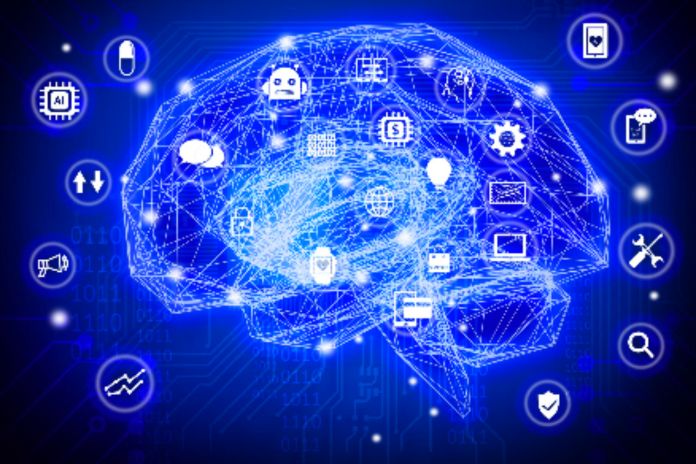Many people think that machine learning, artificial intelligence, and deep learning are the same, but they have different meanings despite being related.
Artificial Intelligence
Generically speaking, AI is the ability of machines to simulate our reasoning, that is, to imitate some human characteristics, such as decision-making and audiovisual recognition. It can be implemented in many ways, from simple logic to more complex neural training algorithms.
Machine Learning
Machine learning is one of the offshoots of Artificial Intelligence. Machines can learn, correct themselves, and adjust models from a large amount of data with minimal human interference. Every learning method uses AI.
Deep Learning
Also known as deep learning, it is a subset of machine learning. It deals with artificial neural networks that mimic the complexity and functioning of neurons. They are used for complex and precise solutions, such as image and sound recognition.
Machine Learning In Your Everyday Life
We are constantly being watched as we produce data with every choice we make on the internet, mouse move, content, and product selection. Who analyzes all this data to provide us with more practical, fast, and assertive experiences in machine learning? See some examples:
- Social networks like Facebook and Instagram analyze your latest conversations and interactions with friends to select the display order for stories and posts.
- Stores with online services, such as Amazon and Mercado Livre, observe your searches and purchases, hours, and product categories to formulate specific ads for you and provide more personalized assets.
- Transport services and routes, such as Maps, create more efficient ways with less risk of accidents, and cargo theft, used by carriers and individual users.
Another theme that is on the rise and is correlated with what we are seeing is Industry 4.0.
Machine Learning And Industry 4.0
Industry 4.0, also known as the 4th Industrial Revolution, brings to the “ factory floor ” the practice of digital technologies, seeking smart and more efficient factories based on automation, computing, and connectivity.
Autonomous learning from data analysis is essential, as it guarantees the industry more reliable results that can be applied in an integrated manner by all machines.
Autonomous robots are a good example. They can carry out tasks and meet objectives without human intervention, capturing data from the environment in which they are to guide themselves and “learn.”
In this way, they can replace human work in dangerous situations and perform repetitive or even unfeasible tasks for humans.
In addition, they can carry out activities more quickly and safely, reducing costs. Let’s now see four more well-known machine learning methods that can be developed.
Most Popular Machine Learning Methods
Supervised Learning
In this case, the system already has defined inputs and outputs; that is, it knows its problems and their respective solutions.
In this way, the algorithm can compare the actual responses with the expected responses to find the errors, learn and make the necessary adjustments to arrive at the predicted model.
This method is most often used in cases where probable future events can be predicted from historical data.
Semi-Supervised Learning
This method follows the same applications as the Supervised method but differs. In this case, we have many uncertainties aligned with a small amount of defined data, which will guide machine learning. It is useful when known or labeled data are too expensive to apply the previous method.
Unsupervised Learning
Unsupervised learning, unlike the first, does not receive any defined output; that is, there is no solution or correct answer.
The intention is to analyze all the data and find similarities or structures between them. It is widely used to segment groups with common attributes, such as customer profile and purchase frequency.
Reinforcement Learning
Unlike all previous methods, this type of learning does not have any initial data mass. In this case, the algorithm collects impressions of the environment and, through trial and error, adjusts its model for better results according to the positive and negative feedback it receives from the environment. It is widespread in financial software, games, navigation, and robotics.
Finally, let’s look at two other topics that are always associated with Machine Learning and generate much doubt.

